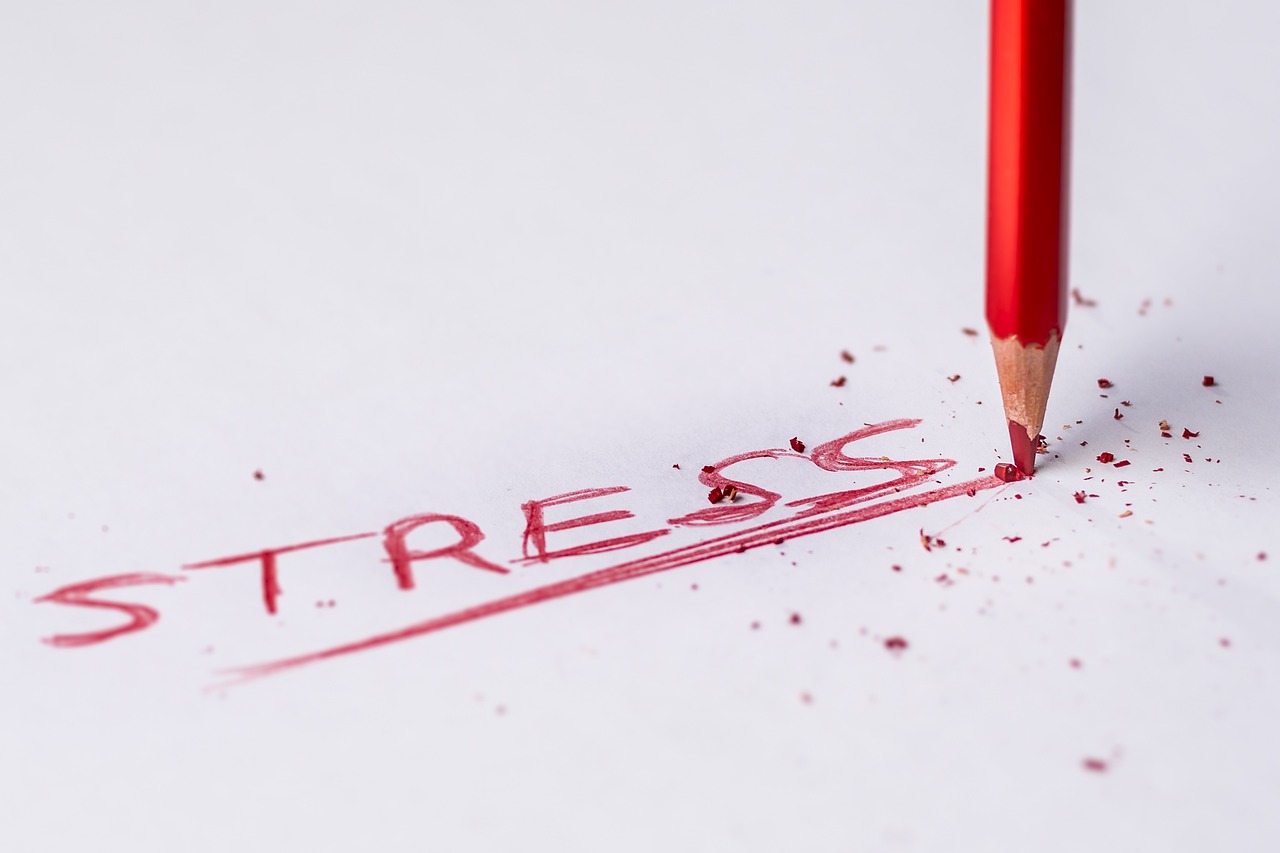“Manage-Stress”
Stress is a normal part of life, but when it becomes overwhelming or chronic, it can negatively impact both your mental and physical health. Effective stress management is essential for maintaining overall well-being and can help you lead a more balanced, fulfilling life. In this guide, we’ll explore a variety of tools and techniques for managing stress, allowing you to regain control and reduce its harmful effects.
1. Understanding Stress: What It Is and How It Affects You
Before diving into stress management techniques, it’s important to understand what stress is and how it affects your body and mind. Stress is the body’s response to challenges or demands, whether they are physical, emotional, or psychological. While short-term stress can be beneficial by helping you focus and perform better, chronic stress can lead to serious health issues, including anxiety, depression, and heart disease.
Common Signs of Stress:
- Physical symptoms: headaches, muscle tension, fatigue, digestive issues.
- Emotional symptoms: irritability, mood swings, anxiety, feeling overwhelmed.
- Behavioral symptoms: changes in appetite, sleep disturbances, social withdrawal.
Knowing the signs of stress is the first step in managing it effectively. Once you recognize the stress, you can take action to alleviate it.
2. Stress Management Techniques
2.1 Mindfulness and Meditation
Mindfulness is the practice of staying present and aware of the current moment without judgment. By focusing on the present, you can reduce stress by preventing your mind from dwelling on past mistakes or worrying about the future. Mindfulness techniques, such as meditation, deep breathing, and body scanning, are powerful tools for reducing stress.
- Mindful Meditation: Meditation involves focusing your attention and eliminating the stream of thoughts that may be crowding your mind. It is a great way to relax, clear your mind, and reduce stress.
- How to Meditate: Find a quiet space, sit comfortably, close your eyes, and focus on your breath. If your mind wanders, gently bring your focus back to your breath. Practice for 5-10 minutes daily to start.
- Deep Breathing Exercises: Controlled breathing helps activate the parasympathetic nervous system, which promotes relaxation and counteracts the body’s stress response.
- How to Practice: Inhale deeply through your nose for a count of four, hold your breath for four counts, and exhale through your mouth for four counts. Repeat this cycle for several minutes.
- Body Scan Technique: This technique helps you become aware of physical tension in your body. Starting from your toes, slowly focus on each part of your body, noticing any tightness or discomfort, and consciously relaxing those muscles.
2.2 Physical Activity and Exercise
Exercise is one of the most effective ways to manage stress. Physical activity boosts the production of endorphins, which are natural mood lifters, and reduces the levels of stress hormones like cortisol.
- Aerobic Exercise: Activities like running, swimming, cycling, and dancing are particularly effective at reducing stress.
- Yoga: Yoga combines physical movement with mindful breathing, which helps reduce stress while improving flexibility and strength.
- Walking: A simple 30-minute walk can clear your mind, boost your mood, and reduce stress levels.
Incorporating regular physical activity into your daily routine not only improves your physical health but also helps regulate emotions and manage stress effectively.
2.3 Time Management
Poor time management can lead to feelings of stress and overwhelm. When tasks pile up and deadlines loom, it’s easy to feel like you’re losing control. Effective time management involves prioritizing tasks, setting realistic goals, and breaking larger tasks into manageable chunks.
- Prioritizing Tasks: Make a list of tasks that need to be completed, and rank them in order of importance. Focus on the most critical tasks first.
- Setting Realistic Goals: Break larger goals into smaller, achievable steps. Avoid trying to do everything at once.
- Avoid Multitasking: Research shows that multitasking can actually increase stress levels and reduce productivity. Focus on one task at a time for better results.
Using tools like to-do lists, calendars, and time-blocking techniques can help you stay organized and reduce the stress of feeling unproductive.
3. Lifestyle Adjustments for Stress Reduction
3.1 Sleep Hygiene
Quality sleep is essential for both mental and physical health. Lack of sleep can exacerbate stress, making it harder to manage daily challenges. Developing good sleep hygiene practices can improve your rest and reduce stress.
- Establish a Regular Sleep Routine: Go to bed and wake up at the same time every day, even on weekends.
- Create a Relaxing Bedtime Routine: Engage in calming activities like reading, gentle stretching, or taking a warm bath before bed.
- Limit Screen Time Before Bed: Blue light from phones, tablets, and computers can interfere with your ability to fall asleep. Try to avoid screens at least an hour before bedtime.
3.2 Nutrition and Hydration
What you eat has a direct impact on how you feel. A diet rich in whole foods, such as fruits, vegetables, lean proteins, and whole grains, provides the nutrients your body needs to handle stress more effectively.
- Stay Hydrated: Dehydration can make you feel tired and irritable, increasing stress levels. Make sure you drink enough water throughout the day.
- Limit Caffeine and Sugar: While caffeine and sugar provide a temporary boost in energy, they can lead to crashes that make stress worse. Instead, opt for healthier snacks like nuts, fruits, and yogurt.
3.3 Social Support
Connecting with others is crucial for managing stress. Social support from friends, family, or colleagues can help you feel less isolated and more capable of handling stressors.
- Talk It Out: Sharing your thoughts and feelings with someone you trust can help you gain perspective and feel supported.
- Join a Support Group: Support groups, whether online or in-person, provide a safe space to connect with others who are experiencing similar challenges.
- Set Boundaries: While social connections are important, it’s equally important to set boundaries to avoid burnout. Don’t be afraid to say no when you need time for yourself.
4. Cognitive Techniques for Stress Management
Cognitive approaches help you change the way you think about stressful situations. Often, stress is exacerbated by negative thinking patterns that distort reality and make challenges seem insurmountable. By using cognitive techniques, you can reduce the emotional impact of stress.
4.1 Cognitive Behavioral Therapy (CBT)
CBT is a widely used therapeutic approach that helps individuals challenge and change negative thought patterns. While working with a therapist is beneficial, you can apply some CBT techniques in your daily life.
- Identify Negative Thoughts: When you’re feeling stressed, pause and take note of the thoughts running through your mind. Are they realistic or exaggerated? For example, thinking “I’ll never get this done” can be re-framed as “I’m overwhelmed, but if I break it down, I can handle it.”
- Challenge Negative Thoughts: Once you’ve identified a negative thought, ask yourself: Is this thought based on facts or assumptions? What evidence supports or contradicts it?
- Re-frame the Situation: Replace negative or catastrophic thinking with more realistic and balanced thoughts. Instead of focusing on what could go wrong, consider what could go right.
4.2 Visualization and Positive Affirmations
Visualization involves picturing yourself in a peaceful environment or imagining yourself successfully handling a stressful situation. This can help reduce feelings of anxiety and provide a sense of control.
- Guided Imagery: Close your eyes and imagine yourself in a calming environment, such as a beach or forest. Focus on the sights, sounds, and smells of the place, and allow yourself to relax.
- Positive Affirmations: Repeating positive statements to yourself can help shift your mindset. For example, telling yourself “I can handle this” or “I am calm and in control” can boost your confidence and reduce stress.
5. Long-Term Stress Management Strategies
5.1 Building Resilience
Resilience is the ability to bounce back from adversity and stress. Building resilience involves developing a mindset that sees challenges as opportunities for growth rather than threats.
- Cultivate a Growth Mindset: Embrace challenges and view them as learning experiences. A growth mindset fosters resilience by encouraging you to adapt and grow through stress.
- Practice Self-Compassion: Treat yourself with kindness and understanding when you face difficulties, rather than being overly critical or harsh.
- Focus on Solutions, Not Problems: Instead of dwelling on the negative aspects of a situation, focus on finding practical solutions.
5.2 Creating a Work-Life Balance
Maintaining a healthy work-life balance is crucial for reducing stress. Overworking can lead to burnout, which exacerbates stress and negatively impacts your health.
- Set Boundaries: Establish clear boundaries between work and personal time. Avoid answering work emails or taking calls during your personal time.
- Schedule Downtime: Make time for activities that bring you joy and relaxation. Whether it’s spending time with family, pursuing a hobby, or simply relaxing, prioritize your well-being outside of work.
Conclusion: Managing Stress for a Healthier Life
Effective stress management involves a combination of physical, emotional, and cognitive techniques. By incorporating mindfulness practices, physical activity, proper nutrition, and cognitive approaches into your daily routine, you can reduce the impact of stress on your life. Remember that managing stress is an ongoing process, and building resilience over time will help you navigate life’s challenges with greater ease. Take the time to explore the tools and techniques that work best for you, and make stress management
Let your imagination run free, Immerse yourself in a world of colors and beauty. Remember, your mental well-being is priceless.
Team coloringbookvibe.com

Coloring Book Vibe is a dedicated publisher of captivating coloring books, along with instructional books on drawing and coloring techniques. We are deeply passionate about the art of coloring, ensuring our designs are always intricate, beautiful, unique, and often infused with a touch of humor. We highly value our customers and always welcome feedback and suggestions. Our collection features an incredible array of coloring books across various genres, including Fantasy, Animals, Mandalas, Doodle Patterns, Floral, Landscapes, Country Scenes, and more.



